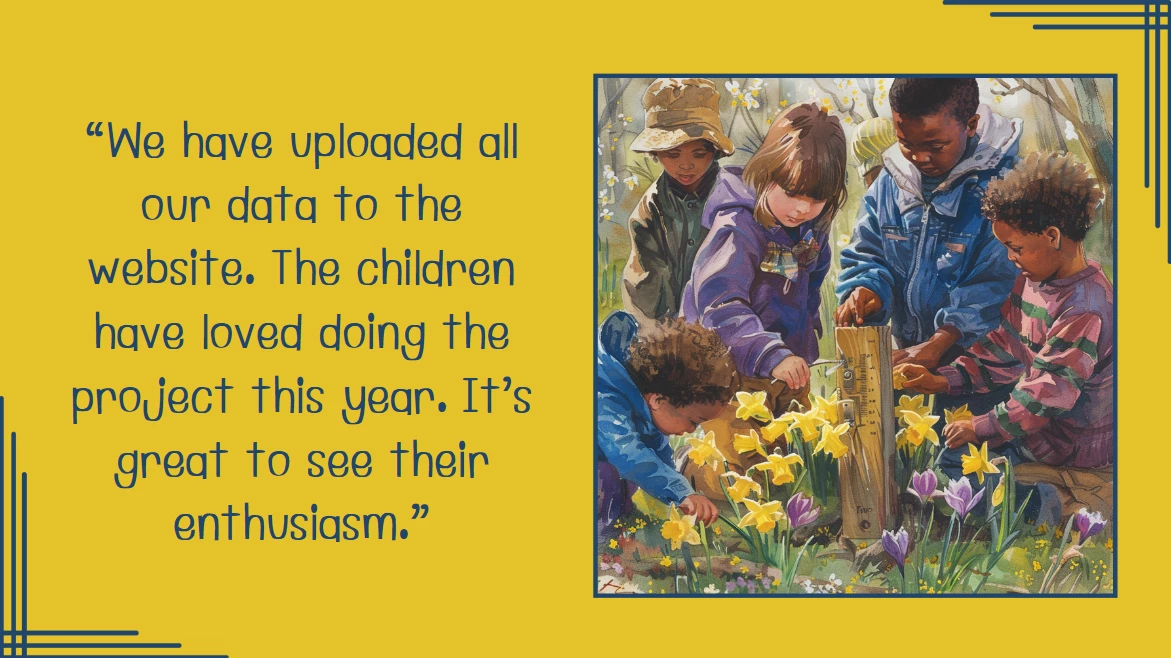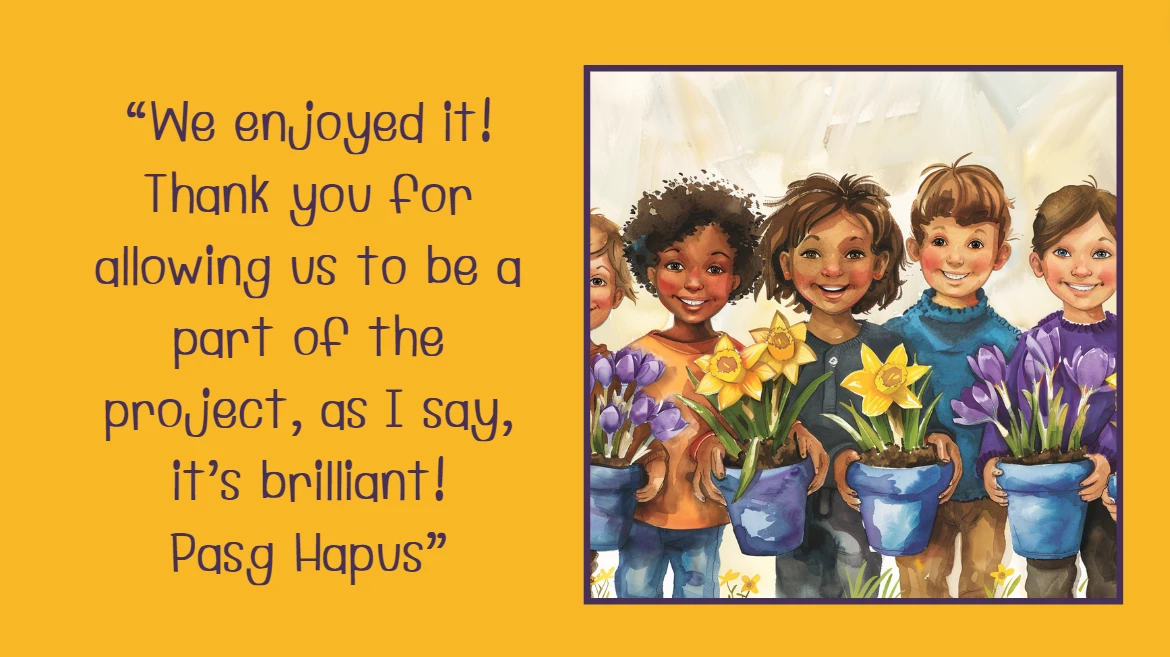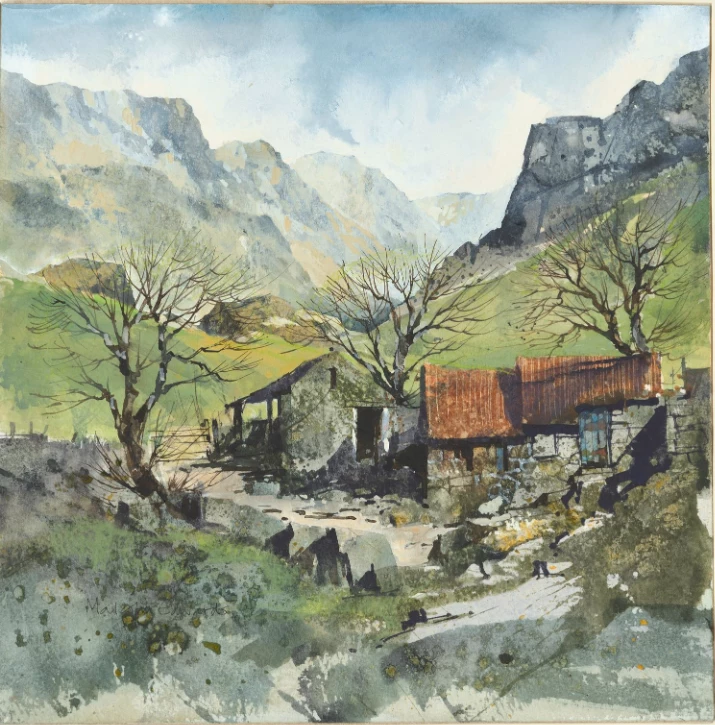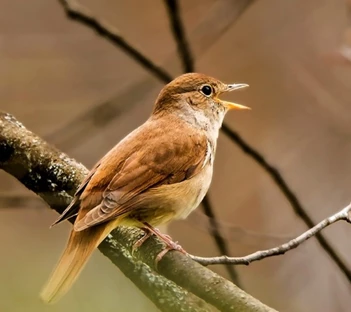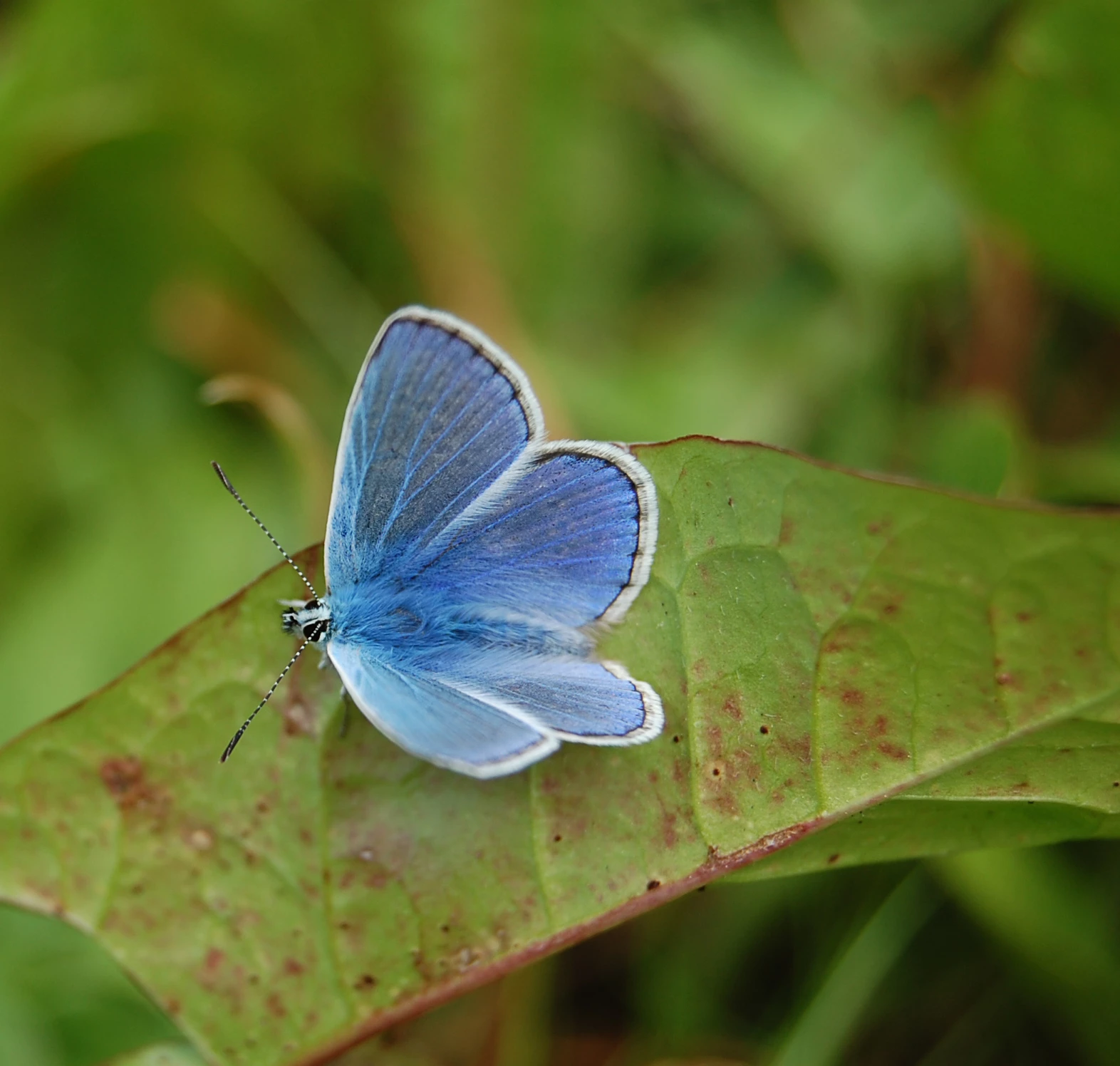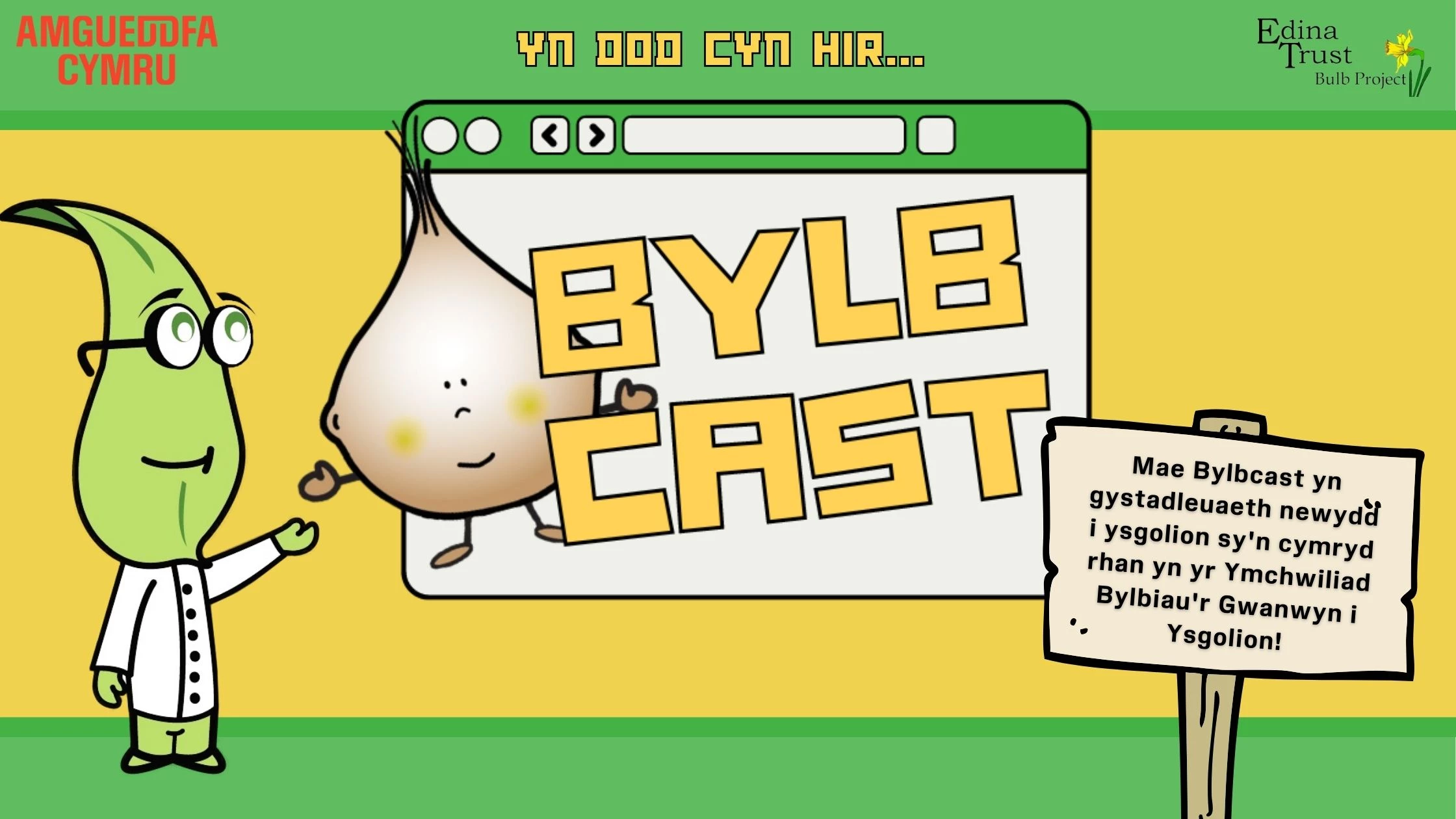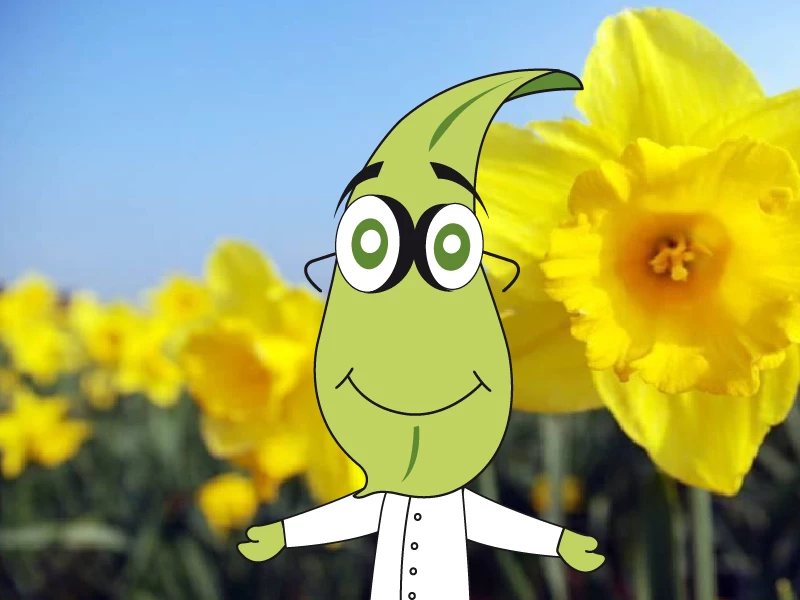Helo Cyfeillion y Gwanwyn! Mae rhywbeth yn yr awyr ar hyn o bryd, wrth i'r gaeaf ddechrau troi'n Wanwyn. Efallai eich bod wedi sylwi ar flodau blodeuo, adar yn canu, a dyddiau hirach? Dyma rai o'r arwyddion cynharaf bod y gwanwyn yn dod! Gadewch i ni blymio i mewn ac archwilio rhai o'r newidiadau cyffrous y gallech sylwi wrth i'r tymor hwn agosáu.
Beth yw'r gwanwyn?
Mae'r gwanwyn yn un o'r pedwar tymor rydyn ni'n eu profi bob blwyddyn. Mae'n dod ar ôl y gaeaf a chyn yr haf. Yn ystod y gwanwyn, mae'r dyddiau'n dod yn gynhesach, ac mae natur yn dechrau deffro o'i chwsg gaeaf. Yn y DU mae'r gwanwyn yn dechrau ym mis Mawrth, felly mae'n dal ychydig wythnosau i ffwrdd. Ond mae yna lawer o arwyddion bod hyn yn dod.
Arwyddion cynnar y gwanwyn:
- Planhigion yn blodeuo: Un o arwyddion cyntaf y gwanwyn yw ymddangosiad blodau lliwgar. Cadwch lygad allan am gennin Pedr, crocws, tiwlipau, blodau ceirios a llawer mwy wrth iddynt ddechrau blodeuo a phaentio'r byd gyda'u lliwiau bywiog.
- Adar yn canu: Ydych chi wedi sylwi ar yr alawon siriol yn llenwi'r awyr? Dyna sŵn adar yn dychwelyd o'u mudo gaeaf a chanu i ddenu ffrindiau neu sefydlu tiriogaeth. Gwrandewch yn ofalus, ac efallai y byddwch yn clywed caneuon nodedig y robin goch a'r pincod.
- Gwenyn a Gloÿnnod Byw: Wrth i'r planhigion flodeuo, maent yn denu gwenyn a gloÿnnod byw prysur. Mae'r peillwyr pwysig hyn yn chwarae rhan hanfodol wrth helpu planhigion atgynhyrchu. Gwyliwch nhw'n hedfan o flodyn i flodyn, gan gasglu neithdar a phaill.
- Gwyrddio coed: Edrychwch o gwmpas, a byddwch yn sylwi bod dail y coed yn dechrau tyfu. Mae'r gwanwyn yn dod â thwf newydd, gan drawsnewid coed y gaeaf i ganopïau gwyrdd ffrwythlon. Mae'n arwydd bod bywyd yn dychwelyd i'r tir.
- Tywydd cynhesach: Dwedwch hwyl fawr i ddyddiau oer wrth i'r gwanwyn ddod â thymereddau cynhesach. Mae'n amser i dynnu'r siacedi gaeaf a mwynhau'r heulwen ysgafn.
- Anifeiliaid bychan: Mae'r gwanwyn yn amser geni ac adnewyddu. Cadwch lygad allan am fabanai anifeiliaid fel cywion, ŵyn, a chwningen wrth iddynt wneud eu hymddangosiad cyntaf yn y byd. Gallwch wylio am ŵyn newydd ar y SGRINWYNA o 1 Mawrth: Sgrinwyna 2024 (amgueddfa.cymru)
- Cawodydd glaw: Peidiwch ag anghofio eich ymbarél! Mae'r gwanwyn yn aml yn dod â chawodydd sy'n helpu i feithrin y ddaear a chefnogi twf planhigion newydd. Felly, cofleidiwch y glaw a chael hwyl yn sblasio yn y pyllau.
- Diwrnodau hirach: Ydych chi wedi sylwi bod y dyddiau'n mynd yn hirach? Mae hynny oherwydd bod y gwanwyn yn nodi'r amser pan fydd echel y Ddaear yn gogwyddo'n agosach at yr haul, gan roi mwy o olau dydd i ni fwynhau anturiaethau awyr agored.
Mae'r gwanwyn yn amser hudol o'r flwyddyn, yn llawn rhyfeddod a dechreuadau newydd. Felly, chrafangia eich chwyddwydr, gwisgwch eich het archwiliwr, a mentro yn yr awyr agored i weld faint o arwyddion o'r gwanwyn y gallwch chi eu gweld! Efallai mai un yw eich bylbiau, ydyn nhw wedi dechrau tyfu? Allwch chi weld pa liwiau fydd eich blodau eto?
Gallwch rannu eich lluniau trwy e-bost neu Twitter trwy dagio @Professor_Plant
Os hwn yw eich hoff ran o'r ymchwiliad hyd yn hyn, efallai y bydd yn ysbrydoli eich cofnodiad i'r gystadleuaeth BYLBCAST. Bylbcast 2024 (amgueddfa.cymru)
Daliwch ati gyda'r gwaith da Cyfeillion y Gwanwyn,
Athro'r Ardd
